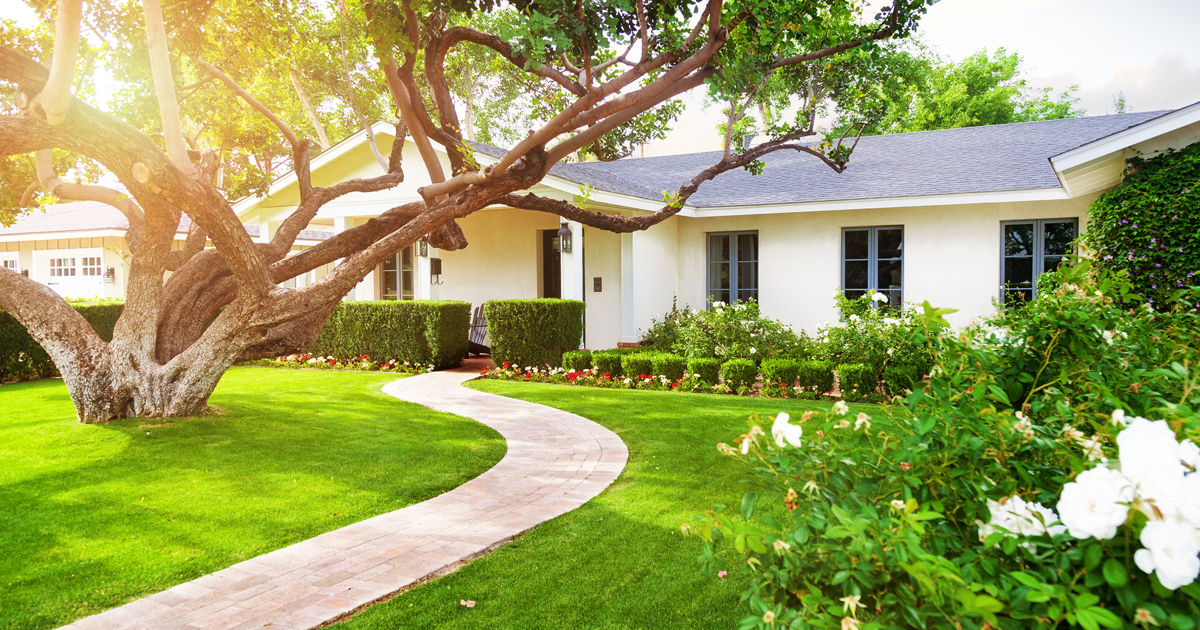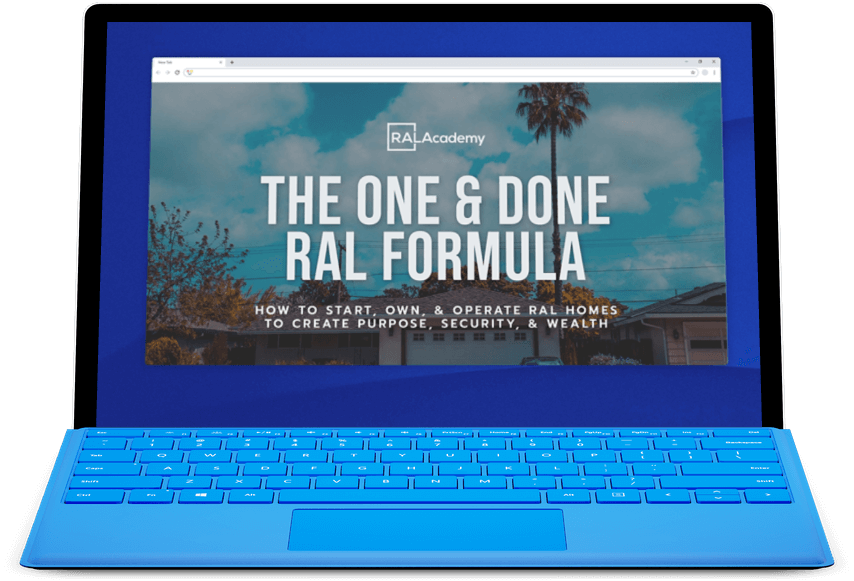The need for quality Residential Assisted Living has never been higher.
Packing seniors into nursing homes isn’t the answer to our booming senior population, and COVID-19 has proved this many times over.
Long-term care for the elderly is a relatively new issue, and this may be why the system has so many flaws.
In the past, people died at an earlier age, and most elderly remained in their homes or the homes of their family until they passed away.
People live to be much older than in the past and require care for more extended periods.
Additionally, working families are no longer able to care for senior loved ones.
Therefore, the need for a system of elderly care has dramatically increased.
The issue of elderly care is particularly urgent because nursing homes may not provide care to the rapidly growing amount of elderly.
Many nursing homes already suffer from nurses’ understaffing, which will cause an even more significant problem when more people need care.
When a nursing home is understaffed, nurses are assigned many patients, resulting in less time to give sufficient consideration to all residents. Lack of enough nurses in nursing homes is the cause of many avoidable illnesses and unwanted falls throughout elderly care facilities. Add to this an incredibly contagious virus, and you have a disaster in the making – this is why small, residential assisted living homes proved to be safer for seniors.
HOW THE DEVASTATING PANDEMIC CREATED AN AMERICAN TRAGEDY IN NURSING HOMES
Within four months, 54,000 residents and workers in long-term care facilities died due to symptoms of coronavirus.
With a nationwide death toll of 571,000, COVID-19 is pillaging the country. In February 2020, the outbreak in U.S. nursing homes raised concerns.
Within days, 27 of the 108 residents in the Life Care Center of Kirkland started showing symptoms, along with 25 of the 180 employees.
By November, the pandemic continued to worsen, impacting America’s population of seniors more than any other.
By Thanksgiving, the death toll in long-term care facilities surpassed 100,000.
Comments Circulating as the Pandemic Continued
“I’d heard in January and early February that there was a virus out there. It sounded like you could get it if you traveled to China. I wasn’t worried about it, said Nancy Butner, Life Care’s northwest divisional vice president.
“My roommate was coughing. Everybody was saying bronchitis. Then I got a cough and could hardly breathe. I thought it was pneumonia. I remember them saying I had a 102 fever. I guess I didn’t know enough to be scared,” said Geneva Wood, Life Care resident.
“We all grew up with these movies about pandemics, in which the government vans swoop in and take control. As the situation escalated and the facility went into lockdown, and people started dying, I kept expecting some coordinated response, but we saw nothing of that nature,” said Timothy Killian, Life Care spokesman.
“When the situation emerged at the health care facility in Seattle, I called the vice president’s team. We were very concerned. I wish we had had more and better information from China regarding the impact on older people. That was a key missing piece that would have made our jobs a little bit easier on the front of it,” said Seema Verma, administrator, Centers for Medicare & Medicaid Services.
WHAT HAPPENED WHEN NURSING HOMES BECAME THE EPICENTER OF THE CORONAVIRUS?
On March 13, 2020, the pandemic resulted in a nationwide lockdown. It caused concern and chaos as the virus continued to ravish lives in extensive box nursing home facilities.
To provide a broader picture of how the pandemic directed affected seniors’ lives in nursing homes, here are a few quotes from the people who were on the front lines of this tragedy.
Large Nursing Homes Became Hotspots for Disaster and Disarray
“The texting started, and it didn’t stop. My CNAs around the country were worried. The virus was popping up in Michigan, in New York. Are we in danger? Should we go to work tonight? Tell us if it’s safe. Is this a hoax? Where can we find PPE? No one was even talking about testing,” said Lori Porter, co-founder of the National Association of Health Care Assistants, representing 26,000 certified nursing assistants.
“Early on, there was a lack of prioritization for nursing homes. Hospitals were seen as the epicenter of the crisis — but the epicenter of deaths was nursing homes,” said Elaine Ryan, AARP’s vice president of government affairs for state advocacy.
“They locked the doors, and it was on us to figure things out. Thirty-four years on the job, and I was now flying blind. These residents touch us. We roll them, toilet them, take care of them. You can’t really social distance in a nursing home,” said Sherry Perry, CNA, at a facility in Lebanon, Tennessee.
“I heard about the shutdown from the news. I swung by the nursing home to see my dad like I did every day, but was told I wasn’t allowed to come in,” said Bill Medina, son of Pedro Medina Gonzalez, 81, a resident of the Symphony of Orchard Valley, assisted living facility in Aurora, Illinois.
Bill Medina’s father was transferred to a hospital on May 5 and died there on May 11, 2020. He received a call on Saturday while at work, informing him that his dad didn’t have much time. The hospital provided Medina with full PPE, allowing him to hold his father’s hand as he passed.
These COVID deaths are more than just numbers.
However, nursing homes waged a massive lobbying effort to shield themselves from lawsuits.
By early May, at least 15 states had laws or governors’ orders in place to prevent legal action against these extensive nursing home facilities.
People were perishing in big box nursing homes, but a significant effort was directed at avoiding liability.
In essence, the nursing home industry shockingly sought immunity.
Nursing home workers admittedly took the position that they could not keep everyone alive.
RESIDENTIAL ASSISTED LIVING IS A RELIEF FOR SENIOR LIVING
While data was being calculated, nursing homes weren’t required to report any cases of deaths to the public.
We may never know the actual toll of human life lost directly as a result of the virus.
Without a doubt, COVID-19 changed the landscape of senior living in America, especially amongst those seeking to transition their loved ones into nursing homes.
By late June 2020, nursing homes crossed the 50,000 mark of fatalities.
In additional financial relief for PPE and other measures to keep seniors safe, many people calling for industry reform are speaking out.
We believe that reform starts with smaller senior living options, such as residential assisted living. These homes offer the following solution:
- RAL homes meet the needs of seniors in an environment that feels like home.
- It limits exposure to pandemic-like scenarios. A small and fully engaged staff caring for a small number of seniors means a limited number of people coming and going, unlike the big-box facilities with employees, contracted workers and countless visitors coming and going constantly.
- Better resident-to-caregiver ratios.
- It’s the independent care that seniors who need assistance prefer anyway.
- It offers a better community.
- It is an incredible investment opportunity for investors and entrepreneurs.
Our seniors deserve the best. There is a better way than simply grouping them all into large facilities and hoping things go well.
Residential assisted living is changing the landscape of assisted living and seniors are choosing the better option.
Visit www.RALAcademy.org to learn what you need to know to own, operate, and invest in residential assisted living.
Register for the 3-day course, where entrepreneurs gain industry support and entrepreneurial success doing good and doing well.




